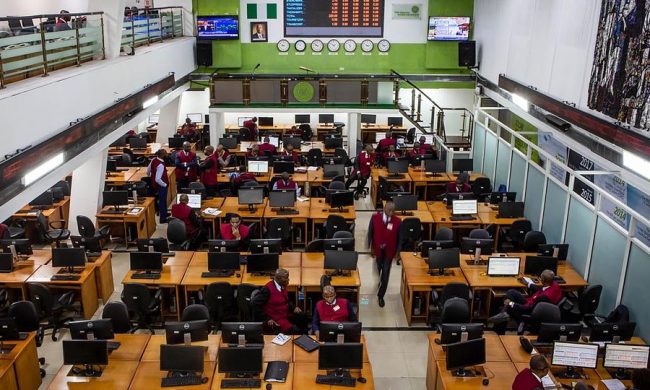The Organisation of the Petroleum Exporting Countries (OPEC) has slightly reduced its global oil demand growth forecast for 2025, attributing the revision to economic uncertainty caused by U.S. trade tariffs and a sluggish global economic outlook.
In its April Monthly Oil Market Report, OPEC projected oil demand to grow by 1.3 million barrels per day (bpd) next year, down from its earlier estimate of 1.4 million bpd. This marks a downward revision of 150,000 bpd from the previous month’s figures.
The group also lowered its global economic growth forecast to 3.0 per cent for 2024, from an earlier 3.1 per cent projection. The 2025 forecast was similarly revised to 3.1 per cent, down from 3.2 per cent.
The revisions come amid heightened market volatility triggered by U.S. President Donald Trump’s widespread tariffs on exports from countries including Nigeria. Although the tariffs have been temporarily suspended for 90 days, they have sparked a trade war, disrupted manufacturing activities, and weakened international trade flows.
“The global economy showed a steady growth trend at the beginning of the year; however, recent trade-related dynamics have introduced higher uncertainty to the short-term global economic growth outlook,” OPEC noted in the report.
Oil prices have reacted to the developments, with Brent crude trading near $66 a barrel after the report’s release. Despite temporary gains, prices have declined over 10 per cent this month. OPEC’s basket of 12 crude grades dropped to $66.25 per barrel on Monday, compared to $70.85 the previous Friday.
OPEC’s demand outlook remains more optimistic than some industry forecasts. While the International Energy Agency (IEA) predicts oil demand will peak within this decade due to the global shift to cleaner energy, OPEC maintains that consumption will continue rising for years to come.
The report also revealed a slight dip in crude output from the OPEC+ alliance — which includes non-OPEC producers such as Russia — with production falling by 37,000 bpd to 41.02 million bpd in March. This decline was partly due to output reductions by Nigeria and Iraq.
Despite this, Kazakhstan breached its OPEC+ quota by increasing production to 1.852 million bpd in March, exceeding its cap of 1.468 million bpd. While the Central Asian nation has pledged to compensate for previous overproduction, it remained above quota levels in the first two weeks of April.
Meanwhile, eight OPEC+ countries, including Saudi Arabia, Russia, Iraq, and Kazakhstan, agreed during an April 3 virtual meeting to increase output by 411,000 bpd in May. This increment combines three monthly increases originally scheduled under a gradual production adjustment plan. The group indicated the increases could be reversed, depending on evolving market conditions.
The participating countries are expected to reconvene on May 5 to decide on production levels for June.













